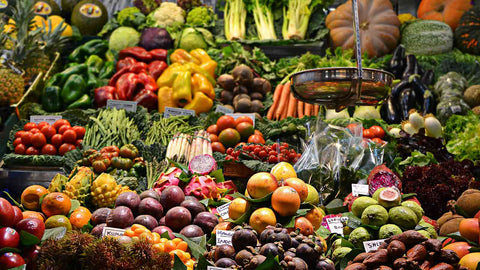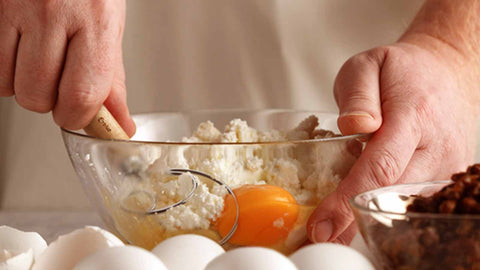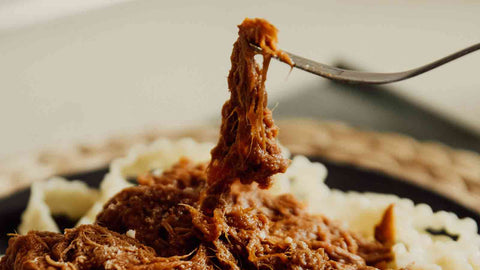Many people, including accomplished home cooks, are unaware of what a pizza docker is, and what it is capable of doing. This is a shame because many cooks would enjoy greater success with homemade pizzas, flatbreads, and crackers if they had this handy and affordable tool.
Using a Pizza Docker
A pizza docker, also called a dough docker, is a kitchen tool designed to pierce the raw dough. Dockers are usually shaped like handled rolling pins with spikes covering the roller. Cooks roll the docker over uncooked, flattened dough to pierce it all over.
Why "Docking" Is Important
Many people try to make pizza at home, only to be disappointed by the results. Even if they manage to get the sauce right, they often find that the crust seems "off." There are several reasons for this, and some of them cannot easily be corrected in a home kitchen. Professional pizza chefs know how to knead and toss pizza dough, and they also have access to commercial ovens that can get extremely hot. These things contribute to the unique deliciousness of a well-made pizza crust.

However, using a dough docker is one thing that home chefs can do to create a consistent, crispy crust. Like any kind of dough, pizza crust will rise and expand when baked, which can lead to an uneven surface and air bubbles. The docker creates little holes throughout the crust, keeping the dough from over rising or bubbling up. This provides a flat, even surface for sauces and toppings.
Tips for Making Homemade Pizza

In addition to using a docker to prepare the crust, here are some other tips for making great pizza at home:
- For best results, get a pizza stone and a peel that slides a prepared crust onto the pizza stone.
- Preheat the oven and the pizza stone (or other baking surface) before baking.
- Let the dough come to room temperature before stretching out and baking. This allows the proteins in the dough to relax, providing a better texture.
- Do not slather on the pizza sauce. Lightly brush the crust with a small amount of sauce. Too much sauce will make the crust soggy.
- Likewise, use low moisture cheese and precooked toppings should be used in pizza making, as these won't "steam" the crust, making it soggy. This includes onions, spinach, bacon, ground beef, peppers, and other typical pizza toppings.
- Get the oven, and cooking surface, hot before placing the crust inside.
Other Uses for a Pizza Docker
Dockers aren't just for making pizza. A pizza docker can also be used to make homemade crackers, crispbreads and flatbreads.





